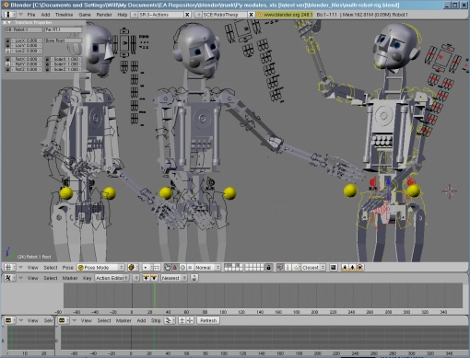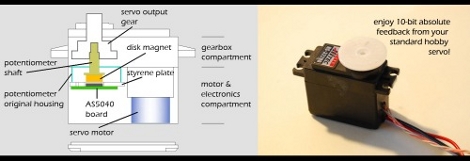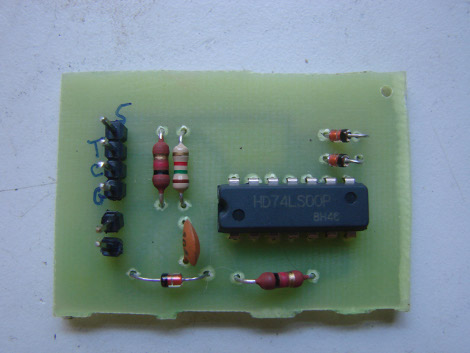
Remember your eighth birthday party when the animatronic band at Chuck E. Cheese sang happy birthday just for you? Now you can enjoy this any day of the year with RoboThespian. The complete animatronic platform has been modeled in Blender 3D. Animating the robot is as easy as producing an animation from its digital model. Lip syncing is generated automatically, with the handles to the right of the model’s head controlling facial expression.
Using Blender as a choreography tools is brilliant. We’re hoping someone will incorporate this technique in their Halloween shows this year.
[Thanks Rob via BlenderNation]
















